Are You Solving Problems or Improving the Process?

Are you solving problems or improving the process? In other words, if you find a problem in a process and implement change to fix it, then did you improve the process? Well, maybe… Sure, solving problems may be an important thing to do, but it is not the same as improving processes.
Solving Problems
Traditional training and performance development programs usually are framed as a problem-solving technique. In reality, the vast majority use a gap analysis technique where you examining the current and desired states, find the gap, and figure out how to close it.
There is one big problem with this method: it notifies employees and supervisors that something is wrong or that they’ve done something wrong, and that you’re going to fix it. That’ll be a tough sell. It takes a lot of work to obtain everyone’s buy-in and support in order to get anything done.
Solving problems is more about resolving local issues and fails to take into account the interactions with other processes or the system as a whole. Fixing the local problem may not produce the desired result and, worse, may create an entirely new set of problems. That’s right — if you haven’t considered the effect of your fix on other processes in your whole system of processes, you could make the situation worse.
Improving Processes
Process improvement is a little easier by looking at the present situation and then proposing methods to improve it. People are beginning to learn that even the very best people can enhance their abilities. Additionally, there is an obvious advantage to improving.
When adopting a problem-solving method, you must have an immediate solution. A second bite of the apple is rarely taken. Before you make any changes, double-check that everything is in working order. As a result, there are long development durations and frequent evaluations.
With a process improvement technique, you’re looking for steady gains over time. Rather then it being a one-time occurrence, it is a continuous process. You’ll have more opportunities to test out new ideas and discard those that don’t work. You’re not allowing the pursuit of perfection get in the way of your good intentions.
Getting Buy-In for Process Improvement
So, who do you believe has a greater chance of getting buy-in…
”You’re doing things wrong, and I’m going to tell you what you’re doing wrong.” 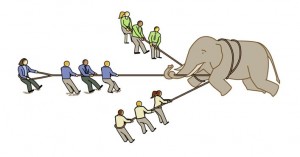 or “I’m here to help you improve on the outstanding work you’ve already done?”
or “I’m here to help you improve on the outstanding work you’ve already done?”
Yet, human nature being what it is demonstrates that people spend 80% of their time on solving problems and only 20% on improving the process. It’s the old Pareto principle (80/20 rule) again. Solving problems provides a sense of accomplishment, immediate gratification, and reward. Most compensation systems are based on problems solved instead of outcomes achieved.
For example, expenses in a business are considered a local problem. As a manager, if you reduce your expenses, save money, and control your budget then most managers would be rewarded for such good behavior, regardless of the revenue or profit impact of your action. After all, such outcomes are ‘beyond your control’, it’s got to be a sales or marketing problem if revenue is impacted.
Improving a System of Processes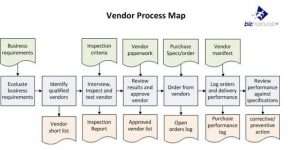
Improving processes is about resolving global issues or outcomes for the whole system of processes. It’s about focusing on the customers’ outcomes. To improve processes, you use a map, a process map, with a picture of the process interactions, outcomes, and activities involved.
The process map helps you focus on what’s important and what’s not. The idea is to analyze the impact of any changes you make on the global outcomes and less on the local problem. There are a few strategies for improving process.
Strategies for Improving Processes
Improving processes is about prioritizing problems and fixing only those that improve global outcomes. It is not about fixing any problem that arises. In fact, you may be better off leaving some problems as problems because there are more important uses of your time. Here are a few strategies for improving processes:
Improving Processes by Design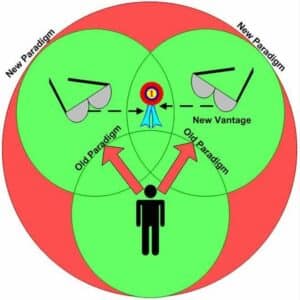
Improving processes is a result of changes made to a process’ design. Well-designed processes produce outcomes that are expected, efficient, and keep customers happy. By comparison, solving problems does not focus on design at all. Instead, the focus is on patching the current design, reworking unexpected outcomes, or quick fixes to customer unhappiness. And it never ends. You will be constantly patching a bad design until the design is changed.
Prevention Based Process Improvement
Root cause is what we are looking for to change a bad design. Solving problems is a reactive approach seeking to understand and resolve the undesirable event. While, process improvement is a proactive approach seeking to understand the cause and stop the re-occurrence of an undesirable event. The only way to stop a re-occurrence is to change the design itself.
Many businesses solve problems that arise in reaction to operational events, management directions, tight deadlines, or complaints. In these situations fixing the problem is all that matters. There is no time to get at the root of the problem and prevent it from reoccurring.
Improving Processes Through Simplification
Improving processes is about process simplification. Reducing defects and variance or shrinking cycle times and speeding up a process involve removing needless activities, time delays or design flaws. On the other hand, solving problems usually adds steps. If you feel like you need to add an inspection step or more sign-off forms then you are problem solving. Problems do not have to occur. Thinking that they do is a problem solving mentality. Process improvement is about prevention and avoidance.
Produce Long-Term Results by Improving Processes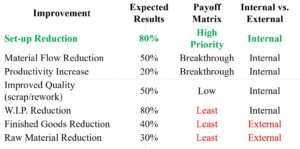
Improving processes is about identifying changes worthy of investment to implement permanently. In contrast, problem-solving results in short-term solutions due to its narrow focus on local problems and its “fix it” rather than “prevent it” approach. Even then, the numerous fixes just don’t add up to significant gains. They are nothing more than isolated solutions with little connection to the organization’s goals. Problem solving becomes a diversion, preventing an organization from making impactful changes. For problem solving to work, it needs to be a part of process improvement.
Improving Processes or Problem Solving?
Everyone starts by solving problems. But for lasting change that impacts the bottom line, you need a systematic approach focused on the right outcomes.
The steps involved in improving processes:
- Understand the big picture. Before making changes to a process, you need to understand the whole process from start to end.
- Identify the critical path. Examine the main activities between the process’s start and end points for weaknesses and potential problems.
- Prioritize issues affecting outcomes. The weaknesses according to their impact on the results.
- Communicate change. Collect and analyze data to communicate change.
- Take action. Prevent problems and strengthen weaknesses.


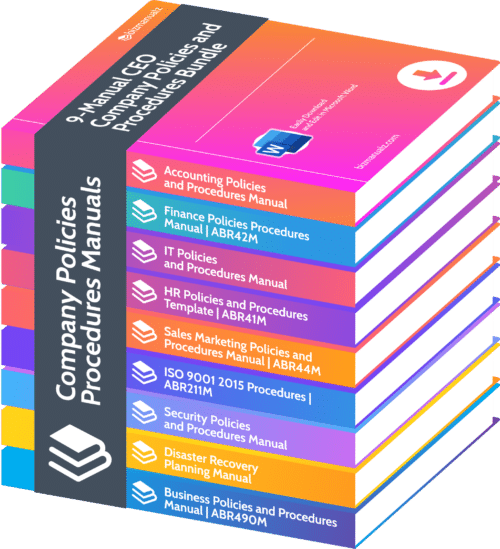
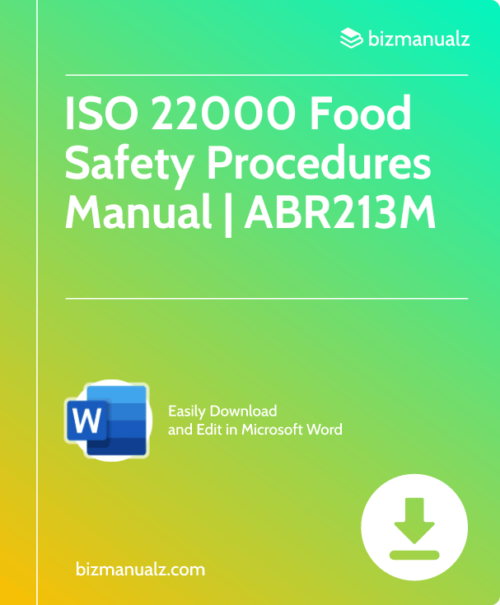

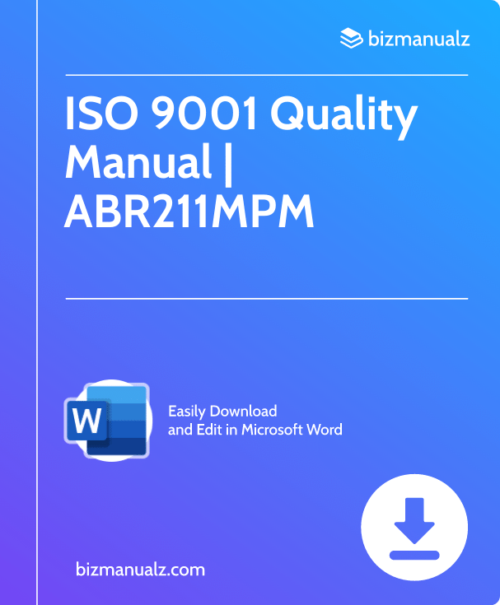

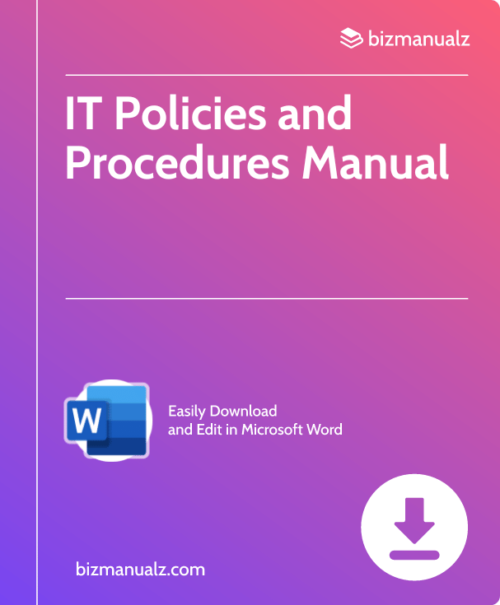

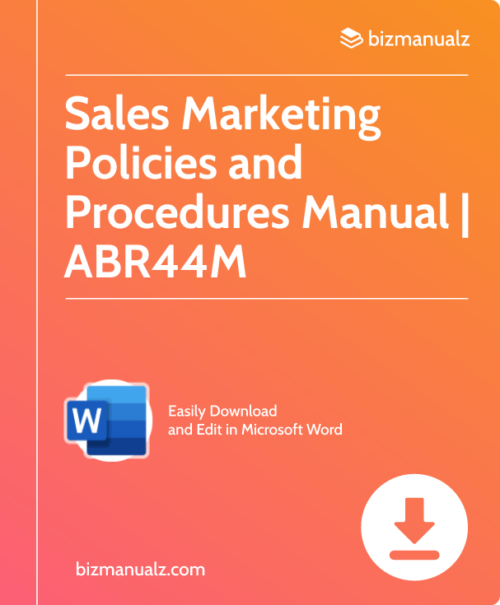
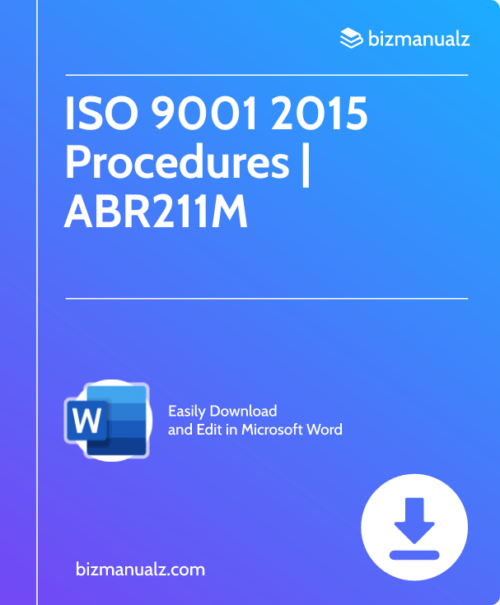
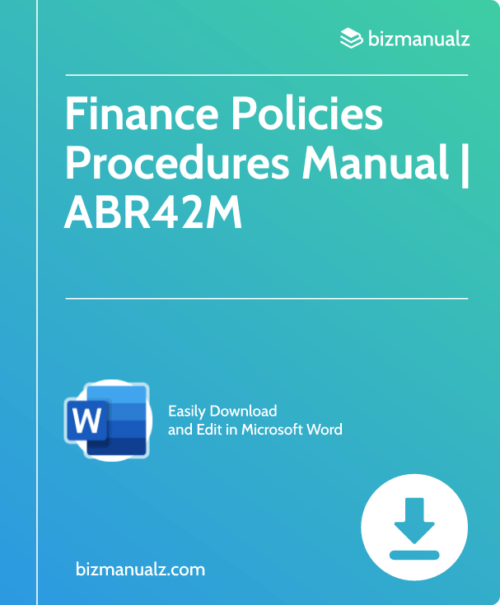
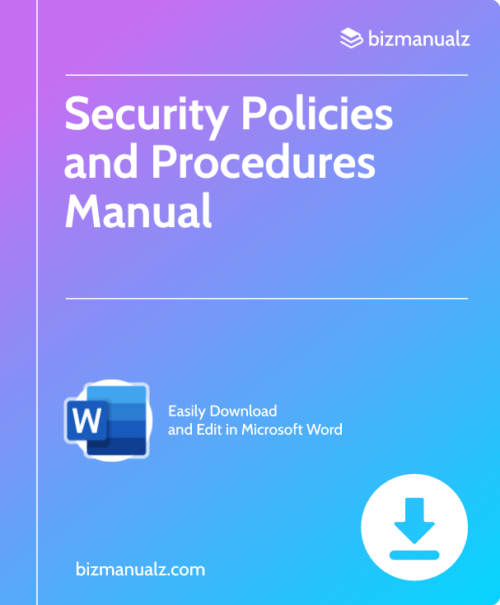
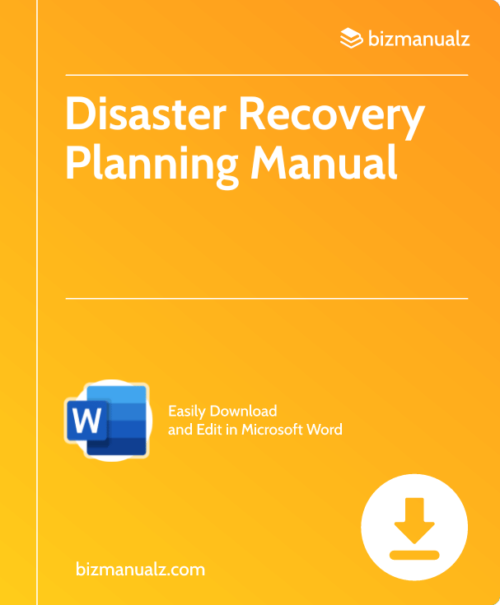

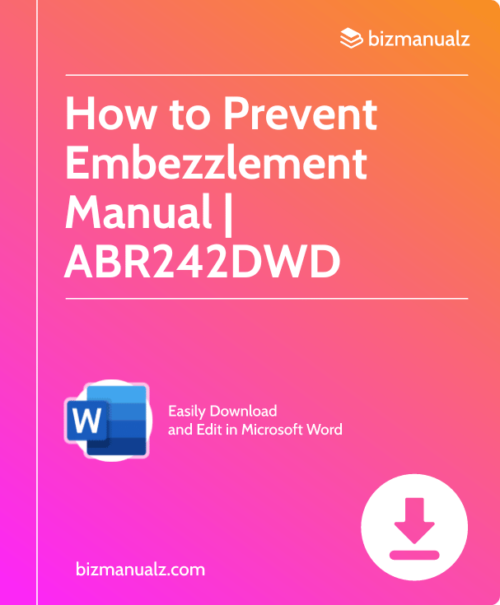
I try to improve processes. The thing that has helped me to improve my processes lately was kanbantool.com . It’s a tool based on Kanban and really helps to avoid backlogs, make the processes smoother and easier to deal with.
[…] Solving problems may be an important thing to do, but it is not the same as improving processes. Why is this so? How do we improve processes? […]
I totally agree with Chris’ approach in solving problem by improving process that has more lasting and / or longer effect in achieving results.